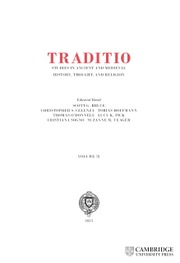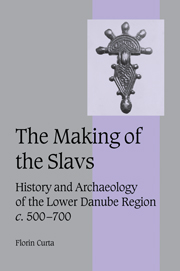Southeastern Europe in the Middle Ages, 500–1250
Southeastern Europe in the Middle Ages stood at a crossroads of trade and crusading routes and fell within the spheres of influence of both the Byzantine Orthodox Church and Latin Christendom. This authoritative survey draws on historical and archaeological sources in the narration of 750 years of the history of the region, including Romania, southern Ukraine, southern Hungary, Croatia, Slovenia, Serbia, Montenegro, Bulgaria, Macedonia, Albania and Greece. Exploring the social, political and economic changes marking the transition from late Antiquity to the early Middle Ages, this book addresses important themes such as the rise of medieval states, the conversion to Christianity, the monastic movement inspired by developments in Western Europe and in Byzantium, and the role of material culture (architecture, the arts and objects of daily life) in the representation of power.
- First synthesis of the medieval history of this strategically important region
- Draws on wide range of sources, including archaeology and inscriptional evidence
- Includes political, economic and social history
Reviews & endorsements
"Southeastern Europe in the Middle Ages is a valuable addition to the series and will provide a useful introduction to the history of the region"
-Christian Raffensperger, University of Nebraska at Omaha, Canadian Journal of History
"...[T]his survey of medieval history presents a cohesive view of the historical issues within the framework of a narrative history while applying innovative research...an excellent introduction to both the history and the historiography of this geographically and qualitatively diverse region..."
-Edward McCormick Schoolman, Comitatus
"Curta offers a fresh, engaging, and thoughtful synthesis of value both for beginners and for scholars with advanced knowledge of other parts of Europe. A true interdisciplinary scholar with expert knowledge of the archaeology and history of the region, he deploys anthropological and sociological approaches to extract every single bit of meaning from all the data currently available. Besides citing all relevant sources and literature in the region's vernaculars, his references to publications and translations in Western languages will be quite useful for those taking their first steps in learning about the area."
-Kiril Petrov, University of Wisconsin, River Falls, Journal of Medieval Studies
"Suffice it to say that this work is a comprehensive study that brings the English-speaking reader much of what has been accumulated in the field of Balkan, or Southeast-European studies by several generations of scholars."
-Liliana Simeonova, Sixteenth Century Journal
Product details
September 2006Hardback
9780521815390
528 pages
216 × 140 × 29 mm
0.76kg
7 maps
Available
Table of Contents
- Introduction
- 1. The end of Late Antiquity or the beginning of the Middle Ages (c.500–600)
- 2. Southeastern European 'Dark Ages' (c.600–c.800)
- 3. The rise of new powers (800–900)
- 4. Iron century or golden age? (900–1000)
- 5. The first Byzantine century (1000–1100)
- 6. The second Byzantine century (1100–1200)
- 7. Between the Crusade and the Mongol invasion (1200–50)
- 8. Conclusions and lingering questions.

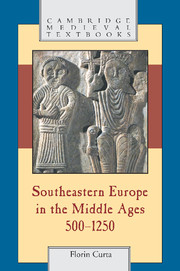
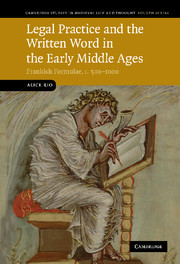
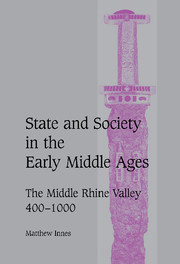



.jpg)
.jpg)
